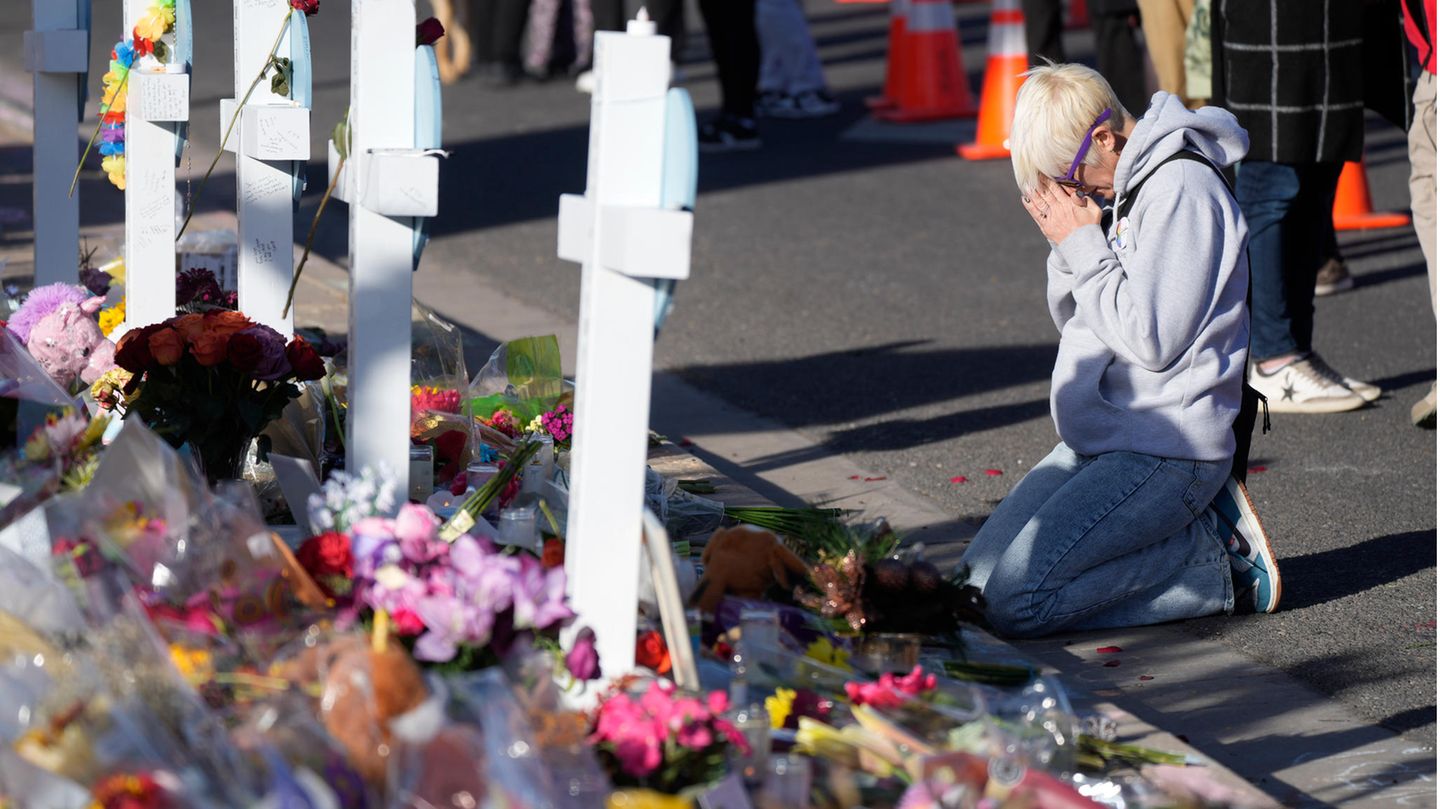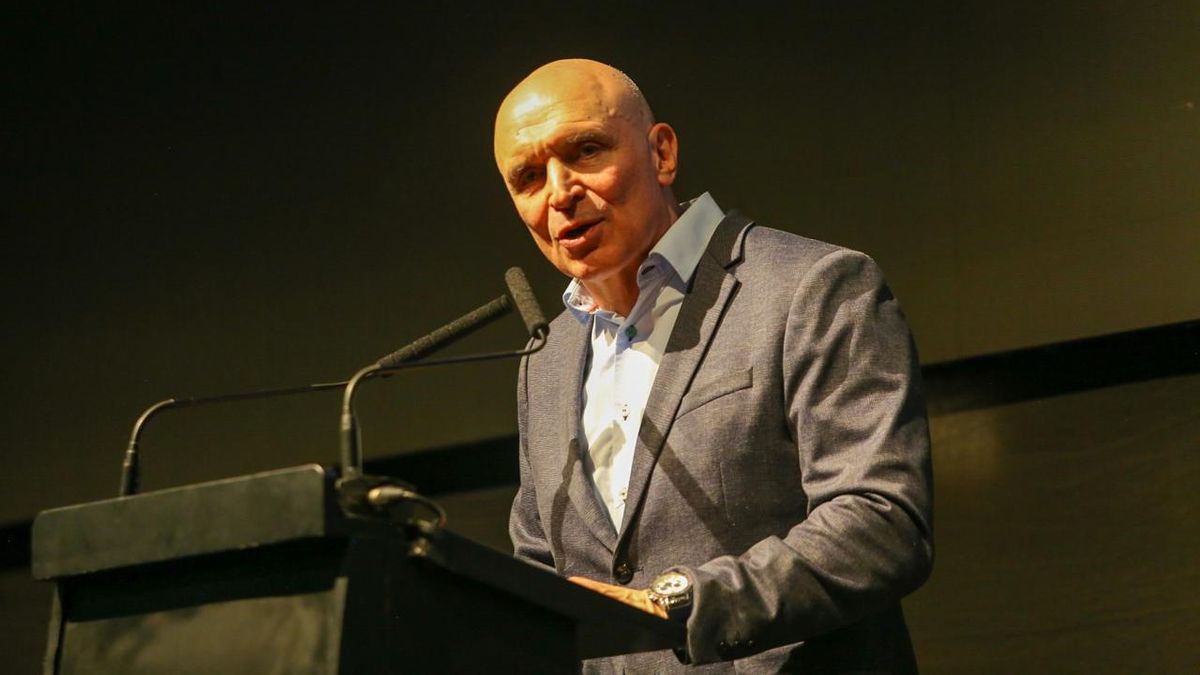The AR-15, a semi-automatic assault rifle, has almost achieved cult status in the USA – in a negative sense. These days, the Supreme Court could allow this weapon for all adults – overriding state laws.
“We’re here to say enough is enough,” Democrat Patty Kuderer said in April. Kuderer is a senator from the state of Washington. She was one of the advocates for stricter gun laws in the state. But that could become obsolete these days. Because the highest court in the USA, the Supreme Court, is facing a decision that could further relax the already liberal US gun laws.
At the end of April, Washington became the tenth US state to ban assault rifles, such as the tragically famous AR-15. A semi-automatic weapon designed to kill as many people as possible, as quickly as possible. The gun lobby organization (NRA) calls them “America’s Rifle”. The “” calls them “The radicals’ rifle”. Because she is the murderous shooting star in the acts of violence that regularly leave parents without children, people without partners and orphans in their wake: the school massacre in Uvalde, Texas, for example. The shooting at an elementary school in Nashville, Tennessee. Or the shooting at the queer Club Q in Colorado Springs, Colorado.
Supreme Court decides on assault rifles
The Supreme Court is currently deciding in the case “National Association for Gun Rights v. City of Naperville”. A gun shop owner and a gun rights organization have jointly filed a lawsuit. Because of an ordinance in Naperville, Illinois, and the same legislation at the state level. This prohibits assault rifles and the sale of high-capacity magazines. Plaintiffs allege that the legislation violates the Second Amendment permitting the carrying of arms and is therefore unconstitutional.
Should the Supreme Court follow this line of reasoning and overturn the laws, it would affect the entire country. Ten states have so far regulated the possession of guns and assault rifles in different ways. In 1990, California became the first state to completely ban semi-automatic weapons. The court’s decision could overturn those rules, or at least force states to relax them.
How the court will decide is still open. But the majority of Supreme Court judges are conservative, and many stick to the exact wording of the constitution, which is more likely to benefit the plaintiffs. In addition, for example, Judge Brett Kavanaugh, appointed by ex-President Donald Trump, published a judicial opinion in 2011 in which he stated that semi-automatic weapons were no more dangerous than handguns. In doing so, he follows the arguments of the NRA. Other judges such as Neil Gorsuch, Clarence Thomas and Samuel Alito have also advocated a broad interpretation of the Second Amendment in the past.
Thousands die in mass shootings in the United States every year
In 1994, Congress passed a ban on assault rifles. However, this was only valid for ten years and then expired. At that time, the probability of mass shootings fell by 70 percent, researchers wrote in a 2019 study. Today, a similar federal law is likely to be a long way off – at the latest when the Supreme Court decides in favor of the plaintiffs. In the summer of 2022, US President Joe Biden made a new attempt. At that time, the Democratic Party passed a law in the House of Representatives (“Assault weapons ban”), which should ban semi-automatic firearms. But the bill didn’t make it through the Senate, the second chamber of the US Congress.
The number of shootings has increased in recent years. According to the Gun Violence Archive, an NGO that collects information about gun violence, more than 20,000 people were killed in mass shootings last year. Including 6152 children and young people. Firearms are now the most common cause of death in children and are therefore a sad part of everyday life for many families. According to the White House, more schoolchildren have been killed by guns in the past 20 years than police officers and active-duty soldiers combined.
Sources: ,, , , ,
Source: Stern
I have been working in the news industry for over 6 years, first as a reporter and now as an editor. I have covered politics extensively, and my work has appeared in major newspapers and online news outlets around the world. In addition to my writing, I also contribute regularly to 24 Hours World.




